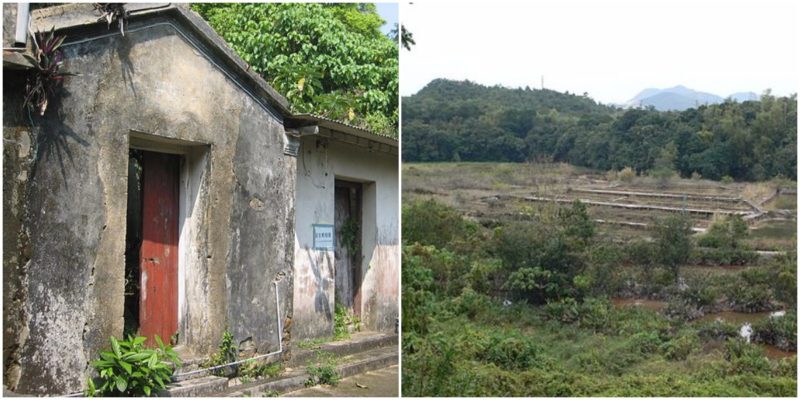Yim Tin Tsai is a small abandoned offshore island situated in Port Shelter, a harbor that contains many islands, which are positioned south of the Sai Kung Peninsula, Hong Kong.
This “ghost island” is not completely abandoned because from 2013 there has been one permanent resident, who keeps the island alive and is literally custodian of it. This individual hopes that in the near future the former inhabitants, or their successors, will come back to live in their homes and that the settlement will be saved from vanishing from the map.
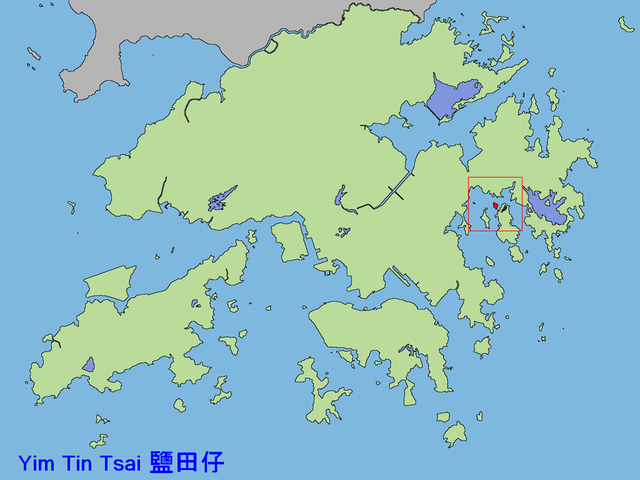
Yim Tin Tsai in Chinese (Cantonese) language means “Little Salt Farm”. The island has an area of around 59 acres. On its south side, it is connected by a breakwater to the larger island of Kau Sai Chau. Near Yim Tin Tsai there are two smaller islands, Shek Chau (in the northwest) and Kwun Cham Wan (in the southwest).
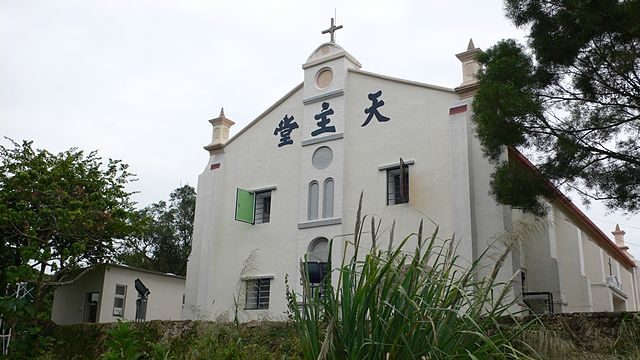
The island was once populated by the people of Hakka Chan clan, who came to the empty island from the mainland of China (actually from Yim Tin, today part of the Yantian District of Shenzhen, which is north of Hong Kong) during the 19th century. Some historians say that the area was inhabited by them even earlier, somewhere around the beginning of the 1700s. They named their new settlement Yim Tin Tsai in memory of their old settlement. The villagers erected salt pans and that was their main occupation. The salt field on Yim Tin Tsai was the smallest of the five salt fields in the area of Hong Kong, with an area of approximately 6 acres.
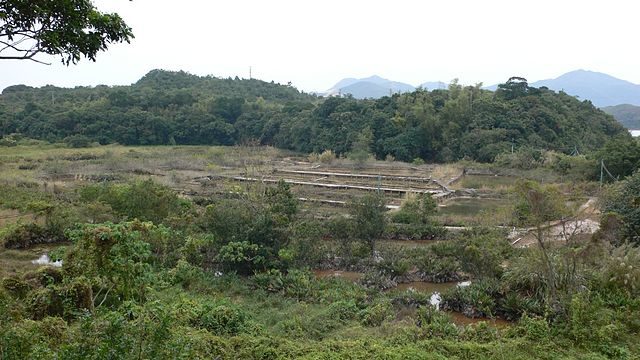
At at the beginning of the 20th century, mainly because of competition from Vietnam and China, the salt-making business wasn’t so profitable, and so production went into decline as most of the villagers turned to farming and fishing. Soon all of the salt pans were closed. Later the the salt pans were converted into fish ponds. At its highest peak, in the 1940s, approximately 500 inhabitants lived on the island.
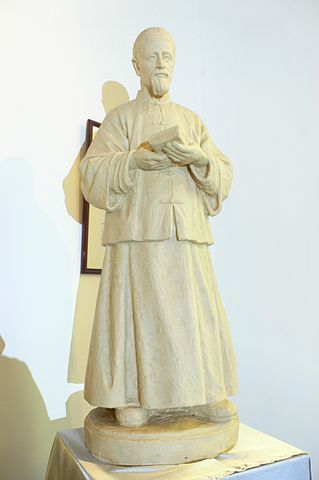
During the 1960s, families began to leave the island, mainly because of the lack of education for their children. The village’s primary school (Ching Po School) was the only education institution there, and this was closed at the beginning of the 1990s when all of the residents moved away. Many started new lives in the urban center of the city of Hong Kong, and some of them went even to Europe, primarily the UK.
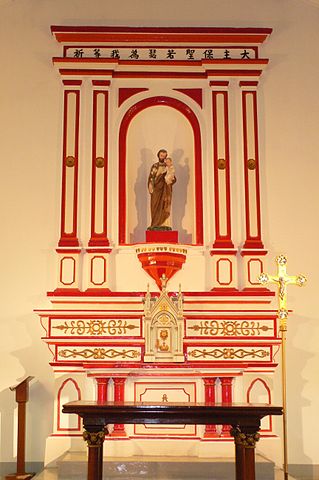
In 1864, the Catholic priests and missioners, Rev. S. Volontieri and Rev. G. Origo, came in Yim Tin Tsai and started with preaching and spreading Christianity among the villagers. The baptism of them began in 1866. In 1875 the villagers of the entire island were baptized. A school and church were built on land donated by local Catholics. The construction of the chapel started in 1879 by Rev. Joseph Freinademetz and was dedicated to St. Joseph. It was built in Italian Romanesque architectural style and completed in 1890. The tiny school was erected adjoining the chapel in the 1920s. Rev. Joseph Freinademetz had great success in his missionary work in China, and because of his deeds, he was officially declared a saint by Pope John Paul II in 2003.
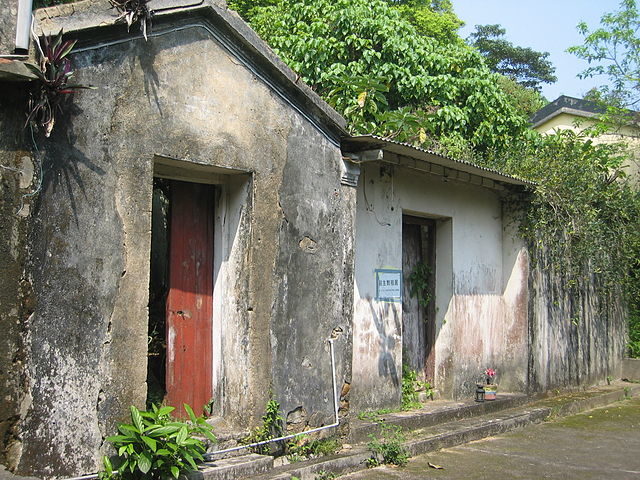
Today the island is slowly rehabilitating, but it is still almost completely abandoned. There are tourist visits which offer a look into the way of living in the past of Hong Kong. The last renovation of the chapel in 2004 started the resurrection of the “ghost island.” The school was adapted into a heritage center and the old salt pans, including four pools for evaporation and one for crystallization, were put back into production in 2015 and now they are under the protection of UNESCO. But, nearly all of the houses are ruined and slowly decaying. Inside them there is dust, chaos and eerie forgotten items of the last people that lived there. Old radios and TV sets, kitchen tables with plates and glasses on them, chairs and messy beds are among the artifacts that form the “time machine” called Yim Tin Tsai.
